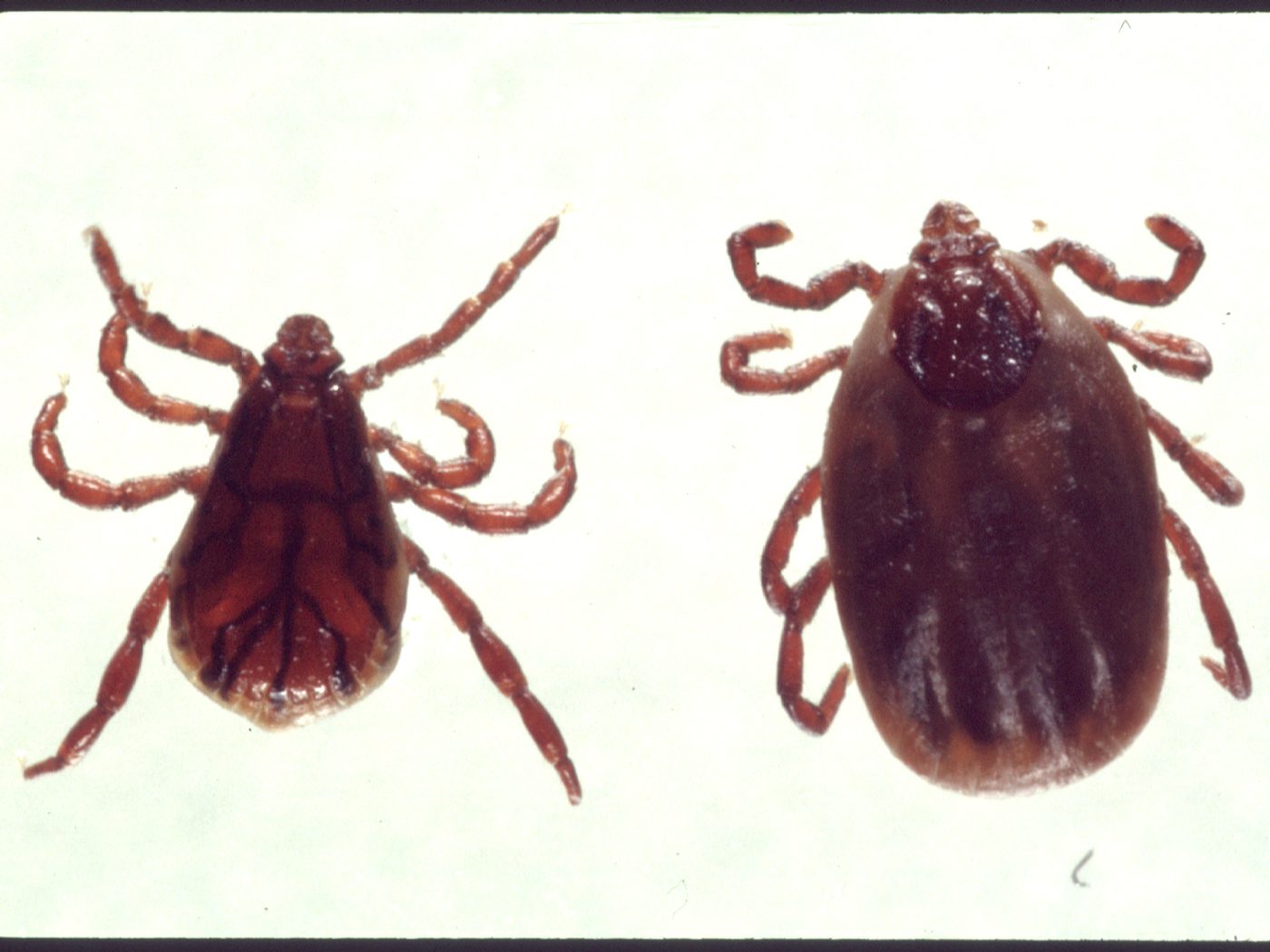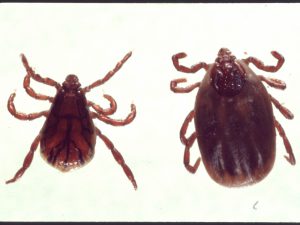
by Angela Hinkle | Jul 11, 2018
The pickin’ is plentiful and life is good. Now is the time to take advantage of summer’s bounty. Summer produce is colorful and healthy. It tastes amazing. And right now, it’s everywhere!
Fruits and Veggies in Season
Buying summer produce now means you get fruits and vegetables that taste their best. See Panhandle Produce in Season for what’s in season in the Florida Panhandle. Because this is the easiest time to grow them, they also cost less than at other times of the year. You also may get to learn more about where your food comes from. This is a great time of year to buy local. Speaking of which…

Visit a U-Pick farm for fresh, local produce.
Photo source: Alex Hinkle
U-Pick Farms
When’s the last time you or your kids picked your own food? U-Pick farms are a great way for the whole family to enjoy the outdoors. (Hint: for max comfort and safety, go in the earliest/coolest part of the day.) Picking from a U-Pick helps you get delicious food at a good price. It also helps local businesses thrive. You can meet the local farmers in your area. You usually can get easy, tasty recipe ideas and you can even make new friends. (Working to pick your own food also can make you appreciate how hard it is to have the job of farmer.) To find the closest U-Pick farm in your area, contact your local UF/IFAS Extension Office.
Save Some for the Colder Months
Whether from a U-Pick, farmer’s market, or grocery store, sometimes you just can’t eat all that great produce right now. What to do? Canning or freezing are excellent options. For information on freezing vegetables, see UF IFAS Freezing Vegetables. For fruits like berries, rinse berries well and let them dry on paper towels. Place in plastic zippered bags and freeze. Then just take out the amount you need for blueberry muffins in January – Yum! Or if you live in the South, it’s easy to make cold smoothies in the blender any time of year.

Fresh-picked blueberries are perfect in smoothies and salads.
Photo source: Alex Hinkle
Half MyPlate
The USDA (United States Department of Agriculture) recommends half of your plate be fruits and veggies. Eating in this way gives your body the nutrients it needs to get healthy and stay healthy. Vitamins, minerals, water, and fiber are packed into summer produce. Eat a variety. Try produce in every color, texture, shape, and size. To pack a tasty, healthy wallop for your next meal, make a hot multi-veggie hash alongside a cold refreshing fruit salad. For more ideas on how to add more fruits and veggies into your day, go to Liven Up Your Meals with Fruits and Veggies.
Summer’s Bounty – get it now, enjoy it now!

by Laurie Osgood | Jul 11, 2018

Check for ticks after being outside.
Photo source: http://photos.ifas.ufl.edu
Does the mere thought of ticks make you feel itchy all over? Ticks are not a fun thing to talk about, but we can’t ignore them. Ticks can pose a real threat to your outdoor summer fun. Here in the Florida Panhandle, you can find ticks all year-long. But ticks are the most active in warm weather, from April through September.
There are many varieties of ticks in the world, but only a few spread disease to people. Of the ticks that can be found in North Florida, the black-legged tick, also known as the deer tick, is the most dangerous because it is the primary vector of Lyme disease in humans. Learn more about the black-legged tick.
Symptoms of a Tick Bite
According to the UF/IFAS Extension’s Department of Entomology and Nematology guidebook, Pests In and Around the Southern Home, the most common symptoms associated with tick bites are rash, fever, chills, aches, and pains. If you have been bitten by a tick that carries Lyme disease, a bullseye-shaped rash may appear within 3-30 days. This circular rash usually appears before you experience fever or any other symptoms.
Although the rash tends to show up in most Lyme disease cases, it doesn’t always develop at the spot where you were bitten. If you’ve been bitten by a tick and are suffering from any of these symptoms, you should contact your doctor ASAP. They will evaluate the tick bite and decide the best treatment option for you. However, in most cases, when the tick is removed, these symptoms should subside within 24 hours. For more information, visit Ticks & Disease in Florida.
Checking Yourself and Your Family for Ticks
Ticks can be very small and hard to see. It is important to routinely check for ticks on all members of your family, including your pets. Examine your clothes, gear, and pets thoroughly after spending time outside. Experts advise us to wear light-colored clothing and closed-toe shoes when outside. Make sure to check your legs and ankles first, then move up your body. It’s important to remember that ticks are especially fond of warm areas on the body, so don’t forget to check all head and body hair, under your arms, the inside and outside of your ears and inside your belly button. Use a hand-held mirror for the best view of these spots on your body.
What is the Safest Way to Remove a Tick?
If you find a tick attached to your skin, don’t panic! It is important to remove the tick as soon as you spot it. The best way to remove the whole tick is with a pair of tweezers. Avoid twisting or yanking on the tick too quickly; this may cause some of the tick to remain attached to your skin. After removing the tick, thoroughly clean the site with soap, water, and rubbing alcohol.
Some believe the best way to remove a tick is by coating it with nail polish or petroleum jelly, causing the tick to detach itself from the skin. However, tweezers remain the quickest and safest way to remove the entire tick that is attached to the skin.
Preventing Ticks in Your Yard and On Your Pets

Check pets regularly for ticks.
Photo source: Pam Nobles
Our own backyard can be high-risk tick zones. We can help rid our yards of ticks by removing old trash and excess leaves, clearing tall grass, and mowing the lawn frequently. This is important especially around walkways, gardens, and the areas used for family activity.
Once you have protected your yard from ticks, don’t forget about your family pet. Adult ticks can attach themselves to your pet, who, unknowingly, bring these pests into your home. Once inside, they can easily spread disease to you or your family. You can defend your pets from these nuisances by talking to your veterinarian about the tick protective products they recommend for your pet.
To learn more about ticks and tick bites, visit the Centers for Disease Control’s (CDC) website for a comprehensive guide to all tickborne diseases in the United States.

by Melanie Taylor | Jun 23, 2018

Always supervise children closely around water.
Photo credit: Marie Arick
Summer is here! As the long, hot days of summer move forward there are many things to consider when it comes to children and water safety. Each summer we hear of tragic incidents of children drowning in pools, spas, and other bodies of water. These tragedies may be avoided by following a few simple tips to keep your child safe while letting them enjoy their summer break.
The U.S. Consumer Product Safety Commission (CPSC) is the agency charged with protecting the public from unreasonable risks of injury or death from thousands of types of consumer products under the agency’s jurisdiction. In addition to Pool and Spa Safety, the CPSC is committed to protecting consumers and families from products that pose a fire, electrical, chemical, or mechanical hazard. CPSC launched the campaign, PoolSafely.gov, which provides Pool Safely: Simple Steps to Save Lives, a national public education campaign to reduce childhood drownings, submersion injuries and entrapments. Review these tips below.
Tips from PoolSafely.gov and CPSC:
- Never leave a child unattended in or near water.
It is recommended to designate an official “Water Watcher”, this is an adult assigned with supervising the children in the water. This should be their only task – they should not be reading, texting or playing games on their phone. Have a phone close by at all times, in case you need to call for help, and if a child is missing, check the pool first. Even when a lifeguard is present, parents and caregivers should still take the responsibility of being a designated “Water Watcher”. When the lifeguard chair is empty, the other lifeguards may not be able to see the entire pool and when lifeguards are sitting in low chairs; other people in the pool can block their view.
- Teach children how to swim.
Swimming is fun, great exercise and it is a lifesaving skill, so why would you not instill this skill in your child? Be sure to enroll children in swimming lessons – the earlier the better. A few swimming lessons may just save their life.
- Teach children to stay away from pool drains.
Show your children where the pool drain is located and remind them of the dangers of those drains. Remind them not to play or swim near drains or suction outlets, especially in spas and shallow pools, and never enter a pool or spa that has a loose, broken or missing drain cover. Sadly, children’s hair, limbs, jewelry or bathing suits, etc. can get stuck in a drain or suction opening. When enjoying time in a spa, be sure to locate the emergency vacuum shutoff before getting in the water.
- Ensure all pools and spas – both in your backyard and any public pool you may visit – have compliant drain covers.
The powerful suction from a pool or spa drain can even trap an adult, let alone a child. The Pool and Spa Safety Act is named after Virginia Graeme Baker, a child that tragically died from drowning due to a suction entrapment from a faulty drain cover. Do to this act, it is now required by law that all public pools and spas must have drain grates or covers that meet safety standards to avoid incidents like the one that took Graeme’s life.
- Install proper barriers, covers and alarms on and around your pool and spa.
One of the biggest dangers with pools or spas is when they are left open without any proper fences, barriers, alarms and covers. Each of these can be lifesaving devices. A fence of at least four feet in height should surround the pool or spa on all sides and should not be made of a climbable material. The pool should only be accessible through a self-closing, self-latching gate. Teach children to never climb over a pool gate or fence. Always remove portable pool ladders when not in use, just so your child is not enticed to enter the water. It is also highly recommended to install a door alarm from the house to the pool area, and keep pool and spa covers in working order.
- Know how to perform CPR on children and adults.
CPR can be the reason a drowning victim survives. With all of the possible locations of CPR trainings, why not get CPR certified as an extra precaution in case there is a water emergency? CPR classes are available through many hospitals, community centers, or by contacting your local American Red Cross. Once certified, be sure to keep the certification up to date.
- Finally, take the Pledge!
Before heading to the water with your family, remember to take the Pool Safely Pledge. This online call to action is a reminder to stay safer around the water. This pledge for you and your child can be found at https://www.poolsafely.gov/pledge/. The pledge is supported by CPSC and the PoolSafely.gov initiative and Olympic swimmer Michael Phelp along with over 60,000 other pledge takers. Parents, you can also download coloring sheets and other fun PoolSafely.gov child friendly apps and songs.
With the large variety of water related summer activities available it does leave a chance for risky incidents. Some work and preparation ahead of time will make for a less anxious and more fun-filled summer. Planning for risk will lessen the high-risk stakes and make sure everyone is prepared in case of an emergency. So remember, Simple Steps Save Lives. Enjoy a safe, fun, and water filled time this summer!
Resources: For more information be sure to visit Pool Safely: Simple Steps Save Lives – https://www.poolsafely.gov

by Marie Arick | May 21, 2018

Always supervise children closely around water.
Photo credit: Marie Arick
Do you have firm water safety practices? Are you a strong swimmer? Do you know Cardiopulmonary Resuscitation (CPR)?
Each May, as the temperature rises, the gravitation to fun outdoor water activities begins. Numerous partners, including the American Red Cross and National Recreation and Park Association, promote Water Safety Month each May.
Encouraging conversations regarding water safety and swimming rules is just part of the resources provided to the public. Promotion of swimming lessons and the use of life jackets as well as basic CPR training is also encouraged. “Florida leads the country in drowning deaths of children ages 1-4 years,” according to the Florida Department of Health. The USA Swimming Foundation states “no child is ever water safe,” rather, they promote swimming lessons to aid in making a child safer in the water. Children should always be supervised by CPR-trained and strong swimming adults while playing in or around water. If you are not a strong swimmer, ask another adult that is to accompany you.
As the supervising adult, create a set of water safety rules and enforce them. NO EXCEPTIONS! Educate yourself and children regarding water safety and do not allow horseplay. If children are not strong swimmers, have them wear a swim vest and request they stay in an area close to you for additional ease of supervision. If you, as the adult, need a bathroom break, everyone needs a bathroom break, meaning everyone exits the pool/water area and no one is left behind. Learn basic CPR and keep a cell phone available to call for help if necessary. Never assume other people are watching as well.
Being proactive can prevent a tragedy. Remember, the basics of water safety and having a plan can be lifesaving. Establish your water activity rules, review them prior to each outing, enforce them, and enjoy a safe summer full of fun water activities.

by Ginny Hinton | Apr 26, 2018
 As a child passenger safety technician/instructor for the past twenty years, I am always amazed at how quickly technology changes in the field. Both car seat and vehicle manufacturers are constantly testing innovations, making it difficult to know exactly how to properly use a car seat. One innovation that tends to give caregivers problems is the tether. Tethers are now a standard feature on every car seat and they are meant to be used with either the seatbelt or the LATCH (Lower Anchors and Tethers for Children) system. Tether anchors are required in passenger vehicles made after 2001.
As a child passenger safety technician/instructor for the past twenty years, I am always amazed at how quickly technology changes in the field. Both car seat and vehicle manufacturers are constantly testing innovations, making it difficult to know exactly how to properly use a car seat. One innovation that tends to give caregivers problems is the tether. Tethers are now a standard feature on every car seat and they are meant to be used with either the seatbelt or the LATCH (Lower Anchors and Tethers for Children) system. Tether anchors are required in passenger vehicles made after 2001.
For most car seats, tethers are not meant to be used rear-facing. A rear-facing seat is designed to dip and rebound in a frontal crash, cradling and protecting its young passenger. It doesn’t require a tether to do its job correctly. Forward-facing seats are a different story and tethers make them safer by allowing less head movement and stress on the spinal cord during a crash. Especially in a frontal crash, a tether can prevent serious head and neck injury by securing the top of the car seat and preventing several inches of forward head movement.
A tether is a strap of webbing with a hook at the end. Tethers connect the top of the car seat to the vehicle. They should be used for every forward-facing car seat installation, regardless of whether LATCH or a seatbelt is used to secure the seat itself. Most tethers need to be tightened only enough to remove slack. The manual that comes with each car seat offers important information on how to attach and tighten the tether properly.
If you have any questions about car seats, ask a certified child passenger safety technician in your area. You can find one near you at http://cert.safekids.org/
by Samantha Kennedy | Apr 10, 2018
Many of today’s commercial cleaners are petroleum-based, which may have harmful effects on human and environmental health. But have no fear! On the market today are many wonderful “green” cleaning products that are planet- (and you-) friendly and can be found alongside their more conventional cousins in the cleaning aisle. These products are non-toxic, biodegradable, non-petroleum-based, and are just as effective at getting rid of grime.

Two common household products used in homemade cleaners are vinegar and baking soda. Photo credit: Samantha Kennedy
They do, however, tend to be more expensive. If spending extra money isn’t your thing, you can still clean green” by taking advantage of a few everyday products you probably have in your pantry right now.
White vinegar and baking soda are two of the most effective cleaning products out there and cost just a fraction of what commercial cleaning products cost. Add a little warm water to either of these products and you have created a solution that can clean just about everything, from tile floors to coffee-stained mugs to sinks and showers.
Another great natural and inexpensive cleaning agent is borax. Found in the laundry aisle, it is great as an all-purpose cleaner when mixed with water and can be used on floors, countertops, sinks, and toilets. It is nonabrasive, has no toxic fumes, and is safe for the environment. Borax also doubles as a safe insecticide, by slowly poisoning ants, cockroaches, silverfish, and termites to death.
Other common household products that make great cleaners are salt, lemon juice, and rubbing alcohol. Hot water mixed with salt makes an excellent drain deodorizer. Lemon juice makes a terrific mild bleaching agent and air freshener. Rubbing alcohol makes a great sanitizer for countertops. It is also good for cleaning minor wounds and will kill those annoying ghost ants (and others) that often try to make a home in your kitchen.
Making your own household cleaners is safer, healthier, and less expensive. For some quick and easy cleaner recipes, please read “Homemade Household Cleaners.”
For more information about this and other Family and Consumer Sciences topics, please contact Samantha Kennedy at 850.926.3931 or skennedy@ufl.edu.












